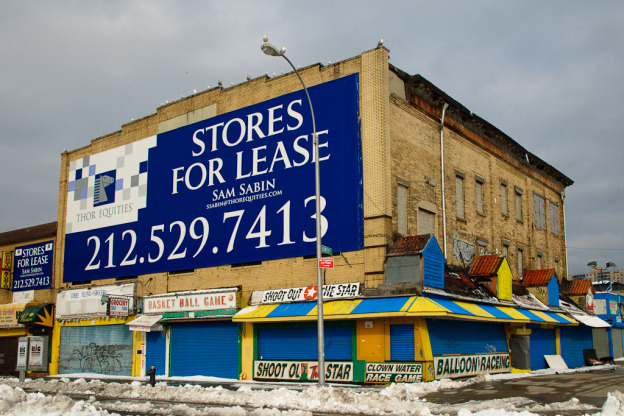I had a great conversation with a Vancouver, BC entrepreneur this morning that forced me to organize several half-formed thoughts about the future of online “specialty” retailing” — this post is the result.
Specialty retailing is the opposite of the everything-under-the-sun kind practiced by supersites like Amazon + WalMart.com. “Specialty” means that the merchant focuses on a specific category of merchandise — say Electronics (e.g., Best Buy), or Outdoor (REI), or Footwear (pre-Amazon Zappos) — and in aggregate it makes up the lion’s share of both the offline and online retail landscape.
The entrepreneur I spoke with this morning is pursuing a site analytics / conversion optimization insight that would be most valuable to an online specialty retailer. Our discussion centered around the future of online retail — what will it look like, who will the winners be and where are new opportunities likely to emerge?
I didn’t even realize I had a framework for this before we spoke, but it turns out that I do, and it goes something like this:
- Online steals share from offline at an accelerating pace
I’ve written before about how local / store-based retail needs to re-imagine its reason for being in the Amazon + iPad age, but a16z’s Jeff Jordan made the case much more forcefully — and with prettier charts — in this post. The net is that specialty retail merchandising as we know it will continue to exist, but dollars and attention will move online much faster than most retailers expect.
- Superstores will dominate direct-nav online retail
Humans are efficient (lazy is another, less-nice word for it) and the more retail moves online, the more crap they have to wade through to find what they’re looking for. Which means that the biggest online superstores (and Amazon is the dominant player here) will control an ever-larger share of online shopping discovery as well as transaction volume — because they just make it easier than anyone else to find and buy what you’re looking for.
- The biggest and best-run specialty retailers will dominate their online niches
As physical location and retail storefronts fade in importance, specialty niches that once accommodated many strong regional players will experience significant concentration, with a small handful of tech-savvy incumbents seizing the same direct-nav leadership role in their niche that Amazon does in general retail (e.g., in Outdoor, REI and Backcountry.com will win at the expense of regional chains like A16 and Paragon Sports). - Branded platforms + marketplaces will pull together the long-tail of specialty retail
As direct-nav pulls away and search-based discovery gets (even) harder, small merchants (the ones that run single-location storefronts or small regional chains today) will increasingly gravitate to branded seller platforms (Storenvy, Shopify) and marketplaces (Etsy, ebay) to benefit from their umbrella brands and traffic pipelines, versus trying to go it alone.
- Social curation and “native monetization” lifestyle media will replace search as the gateway to specialty retail
Where search (SEM + SEO) was the leading channel for new customer acquisition in the past, specialty retailers will have to master a whole new set of traffic skills to profitably acquire customers going forward. Social — a catch-phrase for a huge range of platforms and tactics, but led by Pinterest, Twitter and Facebook — will dominate the organic / unpaid side of the house. “Native” product placement in digital lifestyle media — think architects submitting portfolio images to Houzz or designers paying for product reviews by influential lifestyle bloggers — will replace search ads as the most effective paid strategies.
- Native mobile — and especially tablet apps — will leave web / mobile web in the dust
Consumers’ preference for native mobile shopping experiences vs. mobile-aware web ones continues to surprise old-time web-heads like me. The iPad (and competing Android tablet offerings) has quickly become shoppers’ preferred way to shop online, and brands that take full advantage of its tactile UX (supporting app-like flourishes like swipe, pinch, etc.) are meeting customers where they want to be. Notice Fab’s decision to go native (despite massive success with Web and email), understand that a third of their visits and sales now happen via native apps and you can see where the puck is going.


